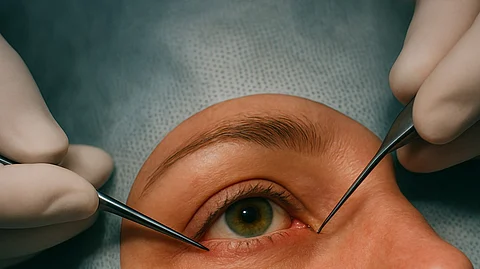Developed internationally for extreme corneal blindness cases, OOKP was first brought to Canada by Dr. Moloney at Providence Health Care's Mount Saint Joseph Hospital. Lane was among the initial three patients, all experiencing positive results.
The autoimmune disorder that scarred her corneas made standard transplants unviable, aligning with the surgery's target demographic. For health professionals, this procedure highlights advancements in regenerative medicine, where biological materials outperform synthetics in immune-challenged patients, potentially inspiring further research into bioengineered corneas. As Lane regains independence for short walks and daily activities, her story illustrates the profound impact of such innovations on quality of life.
(Rh/Eth/MKB/TL)


